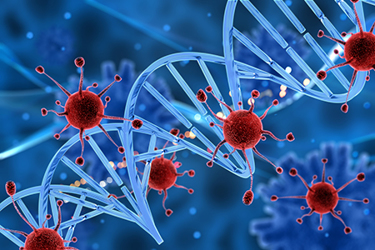Plasmid DNA Downstream Process - For Gene Therapy And Plasmid-Based DNA Vaccine Development

Widespread application of plasmid DNA (pDNA) in vaccines and gene therapy is driving increased demand. As a response, plasmid manufacturing must become more efficient with improved productivity. Today, plasmids represent an innovative key technology used in a variety of next-generation applications, from viral vector production to mRNA in vitro transcription.
The manufacturing schemes for pDNA were first developed in the mid-1980s and have since relied on well-established traditional production processes, typically fermentation using a microbial source, usually E. coli.
There are several challenges facing pDNA manufacturing due to its large size, high viscosity, shear sensitivity and similarities between pDNA and impurities. Furthermore, the purification of pDNA is difficult; the starting material, which is typically clarified lysate from alkaline lysis of bacterial cells after neutralization, has a complex composition with fewer than 3% of the content being pDNA while the remaining 97% represent impurities.
This process development guide provides you with guidance for your plasmid DNA downstream process development, including clarification, TFF, chromatography and sterile filtration unit operations.
Get unlimited access to:
Enter your credentials below to log in. Not yet a member of Outsourced Pharma? Subscribe today.
